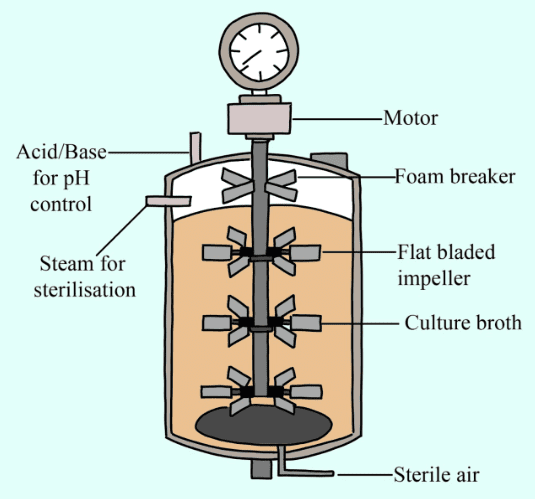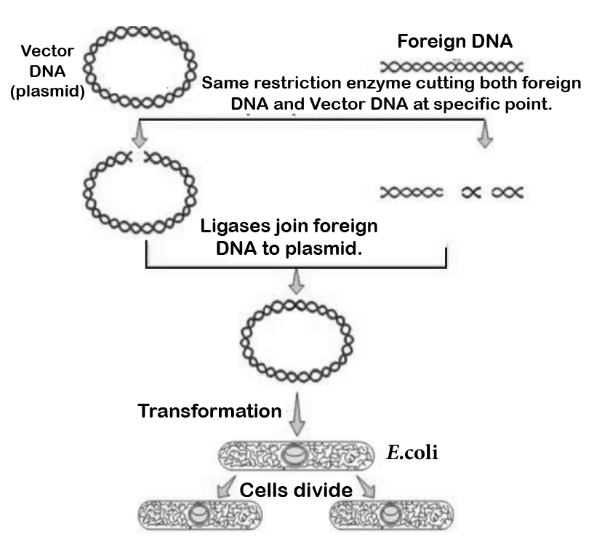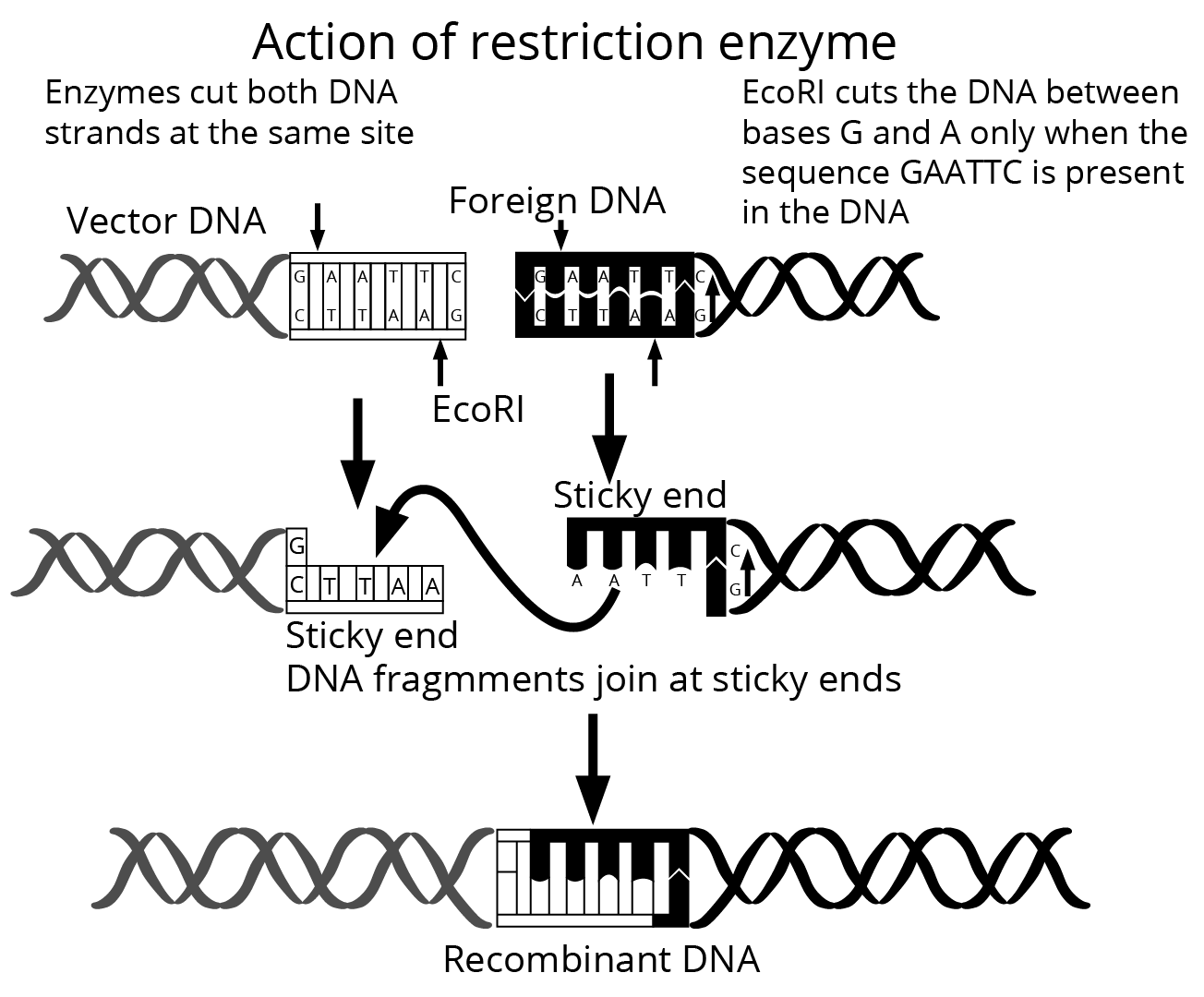Biology Important Questions for Chapter 9 Biotechnology: Principles and Processes Class 12 - FREE PDF Download






FAQs on Biotechnology: Principles and Processes Class 12 Important Questions: CBSE Biology Chapter 9
1. What is the role of Agrobacterium tumefaciens in plant transformation, according to Chapter 9 of Class 12 Biology?
Agrobacterium tumefaciens negatively infects plants. They are the pathogens that are responsible for the plant's death. They infect plants such as tomatoes, sunflowers, etc. It has a tumor-inducing plasmid which helps this pathogen in making a plant infected. This plasmid is also known as Ti plasmid. It also has T DNA which eventually causes the death of the plant. This DNA is also responsible for tumour formation in the host plant.
2. What is a bioreactor? Explain different types of bioreactors, according to Chapter 9 of Class 12 Biology.
Biological reactions are carried out in a bioreactor. It is also useful in curating aerobic cells, which then conduct cellular and enzymatic immobilities. Here are the different types of bioreactors:
Stirred tank
Bubble column
Airlift
Fluidized
Packed bed
3. What is a polymerase chain reaction? What are the steps involved? Mention its applications, according to Chapter 9 of Class 12 Biology.
It is a concept of molecular biology in which several copies of a specific segment of DNA are produced. The polymerase chain reaction is used to perform this task. The steps which are followed in this process are denaturation, annealing, and extension. The polymerase chain reaction is used in various fields. These fields include research in genetics, medicine, etc. The important questions of Chapter 9 of Class 12 Biology are available free of cost on the Vedantu website.
4. What are the properties of a good vector, according to Chapter 9 of Class 12 Biology?
The properties of the good vector are:
To isolate and purify it is required that the vector should be small in size.
A base or pair sequence is required where the replication starts, the origin should be the replication.
A selectable marker is required which then helps in the selection process of transformed host cells.
A good vector should have the property that it has a special recognition site that can bind the foreign DNA to it.
5. Mention any three vector-less methods that are used to introduce recombinant DNA into a competent host cell, according to Chapter 9 of Class 12 Biology.
Microinjection, gene gun method, and transformation are three vectors fewer methods used to introduce recombinant DNA into a competent host cell. Microinjection is a method in which the DNA is directly infused into an animal nucleus. In the gene gun method, the gold and tungsten-coated DNA is injected with force into the cells; in the transformation method, the process is natural as the bacteria naturally takes the genetic material from the surroundings.
6. How often should I practice these important questions for Class 12 Biology Chapter 9?
It is recommended to practice these questions regularly, ideally after studying each topic in the chapter, to reinforce your understanding and improve problem-solving skills.
7. Are the Chapter 9 Class 12 Biology important questions aligned with the latest CBSE syllabus?
Yes, the important questions are in line with the most recent CBSE syllabus, ensuring you are practising content that is relevant and updated according to the exam pattern.
8. How do these questions help improve conceptual clarity?
The important questions are designed to focus on core concepts and their practical applications, helping students grasp the underlying principles of biotechnology in a clear and systematic way.
9. Can I use these important questions for self-assessment?
Yes, practising these questions is an excellent way to assess your understanding of the chapter, identify areas of improvement, and gauge your preparation before exams.
10. How does Vedantu’s approach benefit my exam preparation?
Vedantu provides expertly created, exam-focused questions that help strengthen knowledge, boost confidence, and ensure comprehensive preparation for both board exams and entrance tests.










































